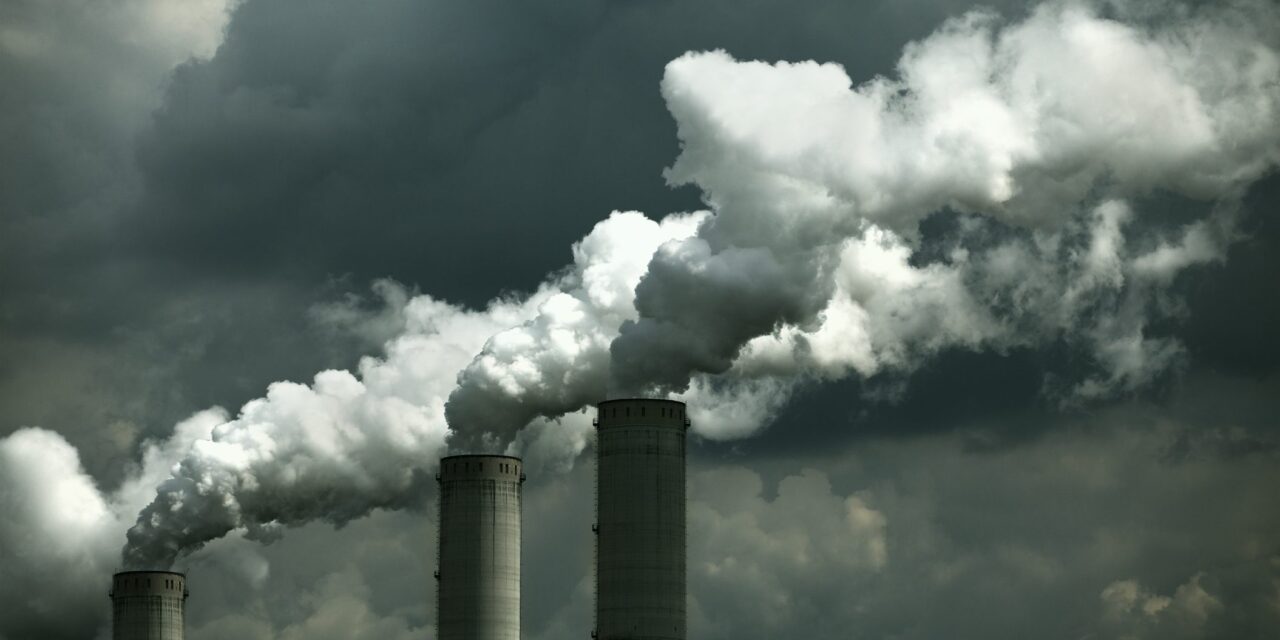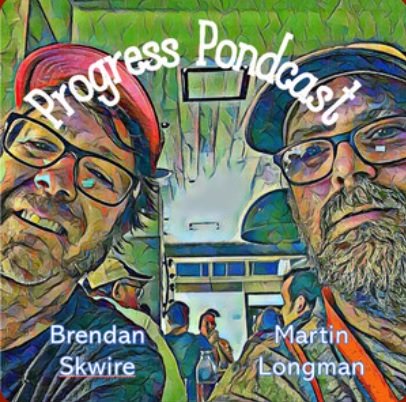Patrick Sisson of the New York Times has an an interesting article on how old, shuttered and dilapidated coal-fired plants are being cleaned up and redeveloped at various locations throughout the country. It’s economically viable if you’re creative. For one example, most of these plants are located near bodies of water and are connected to the energy grid. This is attractive for two reasons. First, you can take advantage of incentives to develop renewable energy and easily tap into the grid. Second, waterfront property is attractive both for residential and public purposes.
In some cases, you can take advantage of other programs.
Lela Goren, a New York developer, has spent the past decade trying to redevelop a long-deteriorated coal plant in Yonkers that locals nicknamed “the Gates of Hell.” After roughly $10 million in cleanup and stabilization costs, the $175 million project is ready to start significant redevelopment, aided by tax credits for electric vehicle chargers and its location in an environmental justice area, a region disproportionately affected by environmental hazards with a significant population of persons of color or those living under the poverty line.
One obstacle that’s been overcome is that it’s now possible for the owners of these plants to sell off their environmental liability. Prior to this, it made more sense to just leave the property as an ever-increasing blight.
The rapid expansion and the increased efficiency of renewable power have sent the coal industry into a collapse. Roughly 20 percent of power generated in the United States comes from coal plants, about half of what their share was in 2011, according to the U.S. Energy Information Administration. These plants, which once provided significant tax revenue and jobs, have become expensive liabilities for hundreds of communities.
Traditionally, redevelopment of a coal plant averaged 27 years, according to a 2014 study by the Delta Institute, an environmental nonprofit group. Utilities would simply mothball them because of the high remediation costs.
But a process called environmental liability transfer, which allows utilities to discharge their responsibilities via structured asset sales, has encouraged owners to part with retired plants. An increasing array of subsidies, including state tax credits; opportunity zones; and a number of benefits from the 2022 Inflation Reduction Act have created opportunities for creative reuse.
This is undoubtedly an improvement over the status quo, but it’s a shame this is being done in such an ad hoc manner. The unseen blight from these shuttered factories is the loss of working class jobs. I’d like to see more emphasis on re-industrialization, and that idea isn’t even mentioned in Sisson’s article. The site which is the main focus of the piece, in Avon Park, Ohio, is slated to include “19 acres of parkland, public lakefront access and up to 1,200 homes.” Public access to Lake Erie is rare and precious, but other than for home and park construction this project isn’t a big job creator, and certainly not in the long term.
I really wish coal-state politicians had spent less time trying to prop up a dying industry and more time working out a new Tennessee Valley Authority-type of replacement project. I want big government investment in Appalachia and in communities suffering from the collapse of the coal industry, but instead of negotiating,, the right spent money on climate denialism. It’s tragic.




” … The unseen blight from these shuttered factories is the loss of working class jobs. … “
These plants are highly capital intensive and instrumented. It does not take many workers to operate a power plant.